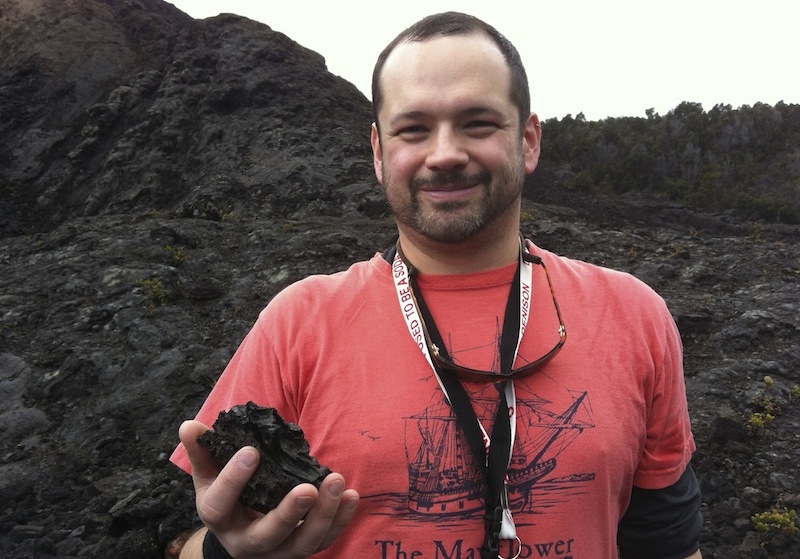Earthquakes are powerful natural events that can unleash almost unimaginable forces, literally pulling the ground out from under your feet. Many quakes have been in the news recently; two especially powerful recent earthquakes in Chile caused tragic death and destruction. In this article in the Daily Beast, geoscientist Erik Klemetti educates us about the science of why and where earthquakes happen, and he explains why scientists are not especially alarmed about this current spate of quakes.
When he’s not writing about earthquakes, Dr. Klemetti, an assistant professor of geoscience, teaches and researches on volcanism and magmatism, both modern and ancient.
“Every rock tells its own story, and that is what geologists do: unlock the history recorded in the rocks,” says Klemetti. “That is how I like to teach geology — by looking at the process that created the rock and then the effect of that process on the physical and chemical characteristics of the rock. In that way, geology tells us not only about the dynamic events that have created the Earth, but also how they will change the planet far into the future.”
Klemetti is especially intrigued by volcanoes. He examines volcanic processes by looking at historic information recorded in lavas and ash, and by following modern-day volcanoes in real time. A well-known expert in the field, he writes a popular blog for Wired magazine called Eruptions and tweets @eruptionsblog.
Currently, Klemetti is engaged in active research projects at Lassen Peak in northern California, at Mineral King in the central Sierra Nevada, and at the Okataina Caldera in New Zealand. He encourages students to join him in his research. “I have had my students work with me on these research projects, which have led to presentations at major geology meetings and co-authorships on research papers. My students at Denison are bright and motivated. They are working on a level that is rare for undergraduates.”
